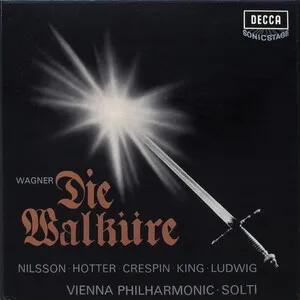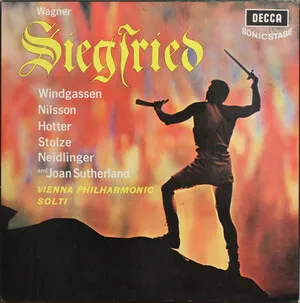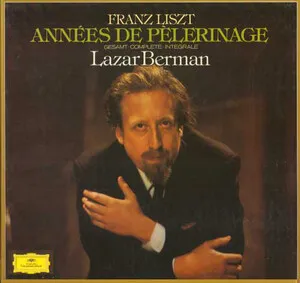The New German School (Neu deutsche Schule) was a mid‑19th‑century movement in German‑speaking music that championed program music, dramatic narrative, and progressive harmony. Centered around Franz Liszt in Weimar and Richard Wagner’s concept of music drama, it stood in contrast to the Brahms‑aligned current that favored "absolute" music.
Its aesthetics privileged extra‑musical ideas (literature, myth, history) as structuring forces for composition. Techniques such as thematic transformation, extensive chromaticism, and motivic networks (leitmotifs) gave coherence to single‑movement orchestral forms and continuous operatic fabrics. The orchestra itself became an active narrator, expanded in size, color, and brass/woodwind innovations.
The term “New German School” was popularized in the 1850s by critic Franz Brendel to describe a progressive tendency centered on Franz Liszt in Weimar and Richard Wagner’s evolving music dramas. While rooted in German Romanticism, the movement was also inspired by Berlioz’s programmatic orchestral experiments. Its proponents upheld program music and dramatic continuity as answers to what they perceived as the limitations of classical, multi‑movement forms.
Composers embraced thematic transformation (especially in Liszt’s symphonic poems), dense chromatic voice‑leading, and large, novel orchestral forces. Wagner’s leitmotif technique bound characters, ideas, and narrative arcs into a continuous musical fabric. Harmony pushed toward heightened ambiguity (famously exemplified by the “Tristan” sonority), while rhythm and form favored fluid, through‑composed continuity over closed numbers.
The New German School sparked vigorous debate with advocates of “absolute music,” notably critics like Eduard Hanslick and composers associated with Brahms. These arguments shaped the intellectual landscape of late Romantic music, crystalizing two powerful but divergent notions of musical meaning—one programmatic and dramatic, the other autonomous and architectonic.
The movement’s innovations directly seeded the symphonic poem as a mainstream orchestral genre and reshaped opera via the concept of music drama. Its orchestration, leitmotivic thinking, and harmonic boldness influenced late‑Romantic composers and, by extension, the language of 20th‑century cinematic scoring and later symphonic idioms across rock and metal.








